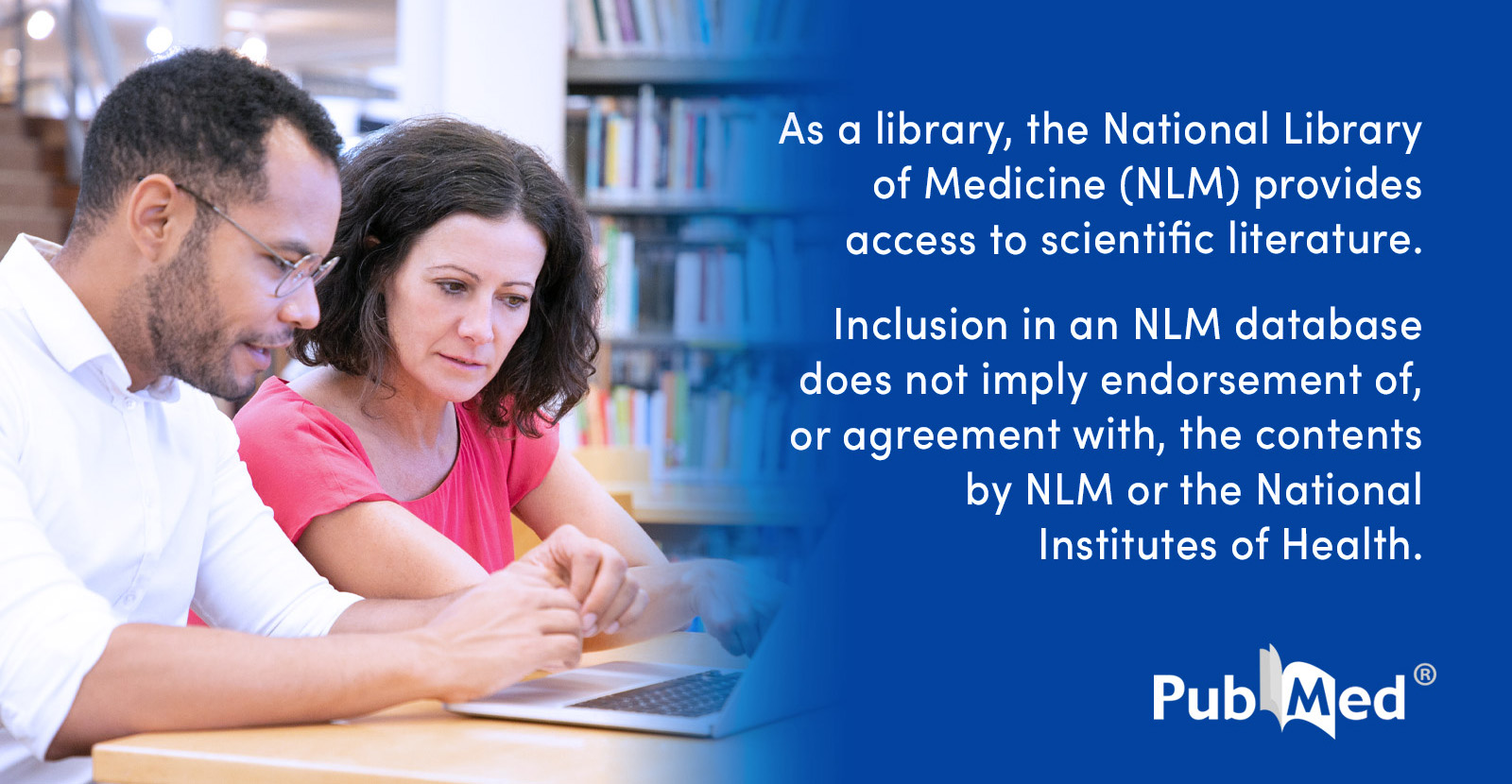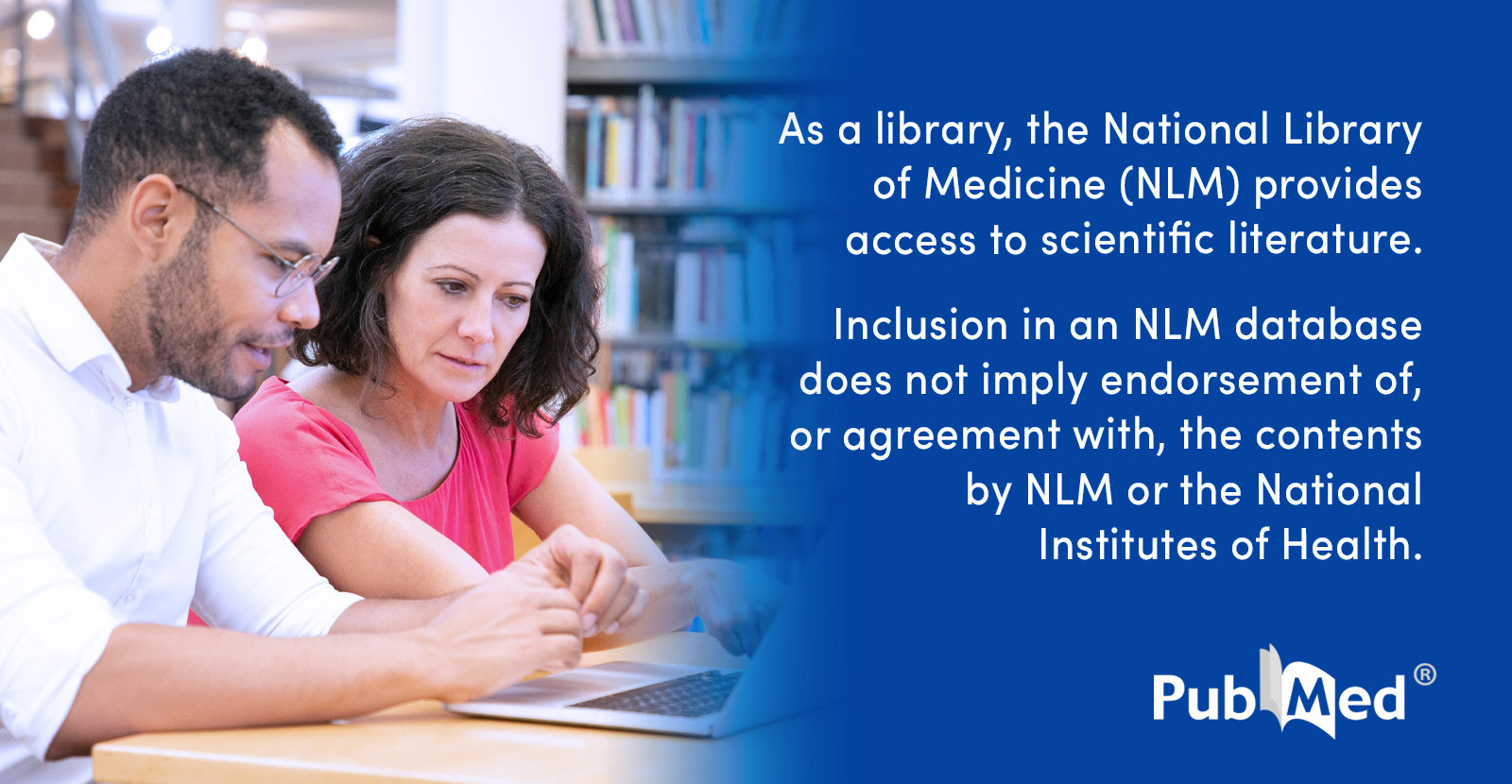Automated External Defibrillators in High Schools: Disparities Persist Despite Legislation.
Autor: Thornton, Matthew D.; Cicero, Mark X.; McCabe, Megan E.; Chen, Lei
Publication year: 2020
Pediatric emergency care
issn:1535-1815 0749-5161
doi: 10.1097/PEC.0000000000001335
Abstract:
OBJECTIVES: Automated external defibrillators (AEDs) have demonstrated increased survival in out-of-hospital cardiac arrest, and their prevalence continues to rise. In 2009, Connecticut passed a legislation requiring all schools to have an AED, barring financial barriers. The objectives of this study were (1) to determine if this legislation was associated with an increase in Connecticut high school AEDs and (2) to detect disparities in the availability of AEDs based on school type, student demographics, and school size. STUDY DESIGN: A single researcher conducted a scripted telephone survey of all 54 public and 13 private high schools in New Haven County, Connecticut. RESULTS: A response rate of 100% was achieved. Forty-nine percent of high schools had an AED before the legislation, compared with 88% after (P < 0.001). Before legislation, private schools had a higher percentage of AEDs than public schools (69% vs 44%; P = 0.1). Postlegislation, the difference is less (92% vs 87%; P = 0.4). Small schools (<400 students) are significantly less likely to have an AED than larger schools (40% vs 100%; P < 0.001). Schools with a higher percentage of students with disabilities are also less likely to have an AED (P = 0.005), even when controlling for school size (P = 0.03). CONCLUSIONS: State legislation requiring schools to have an AED, if financially feasible, was associated with a significant increase in AED presence among New Haven County high schools. Small high schools and those with a higher percentage of students with disabilities remain less likely to have an AED despite legislation. Language: eng Rights: Pmid: 29095383 Tags: Humans; Female; Male; Adolescent; Surveys and Questionnaires; Connecticut; Defibrillators/*statistics & numerical data; Out-of-Hospital Cardiac Arrest/*therapy; Schools/*legislation & jurisprudence/*statistics & numerical data Link: https://pubmed.ncbi.nlm.nih.gov/29095383/








